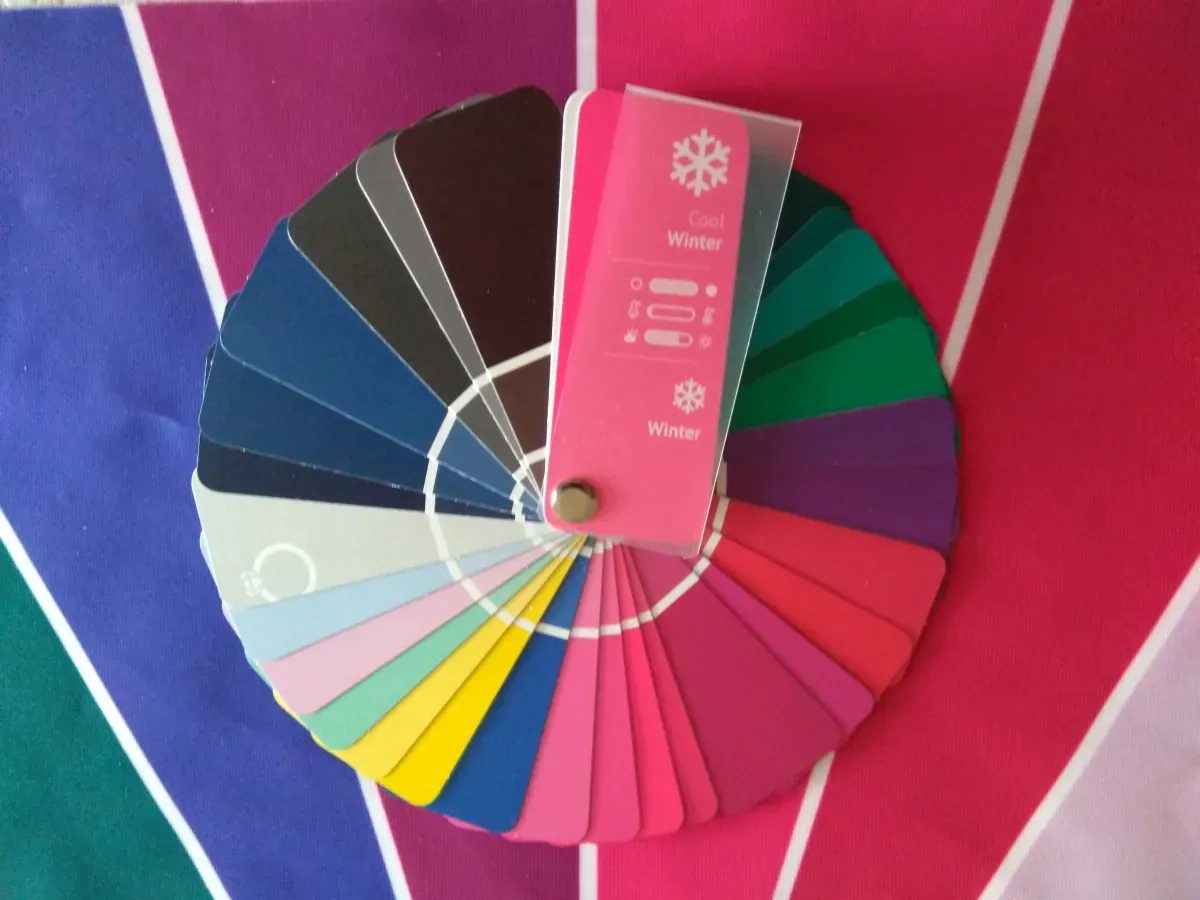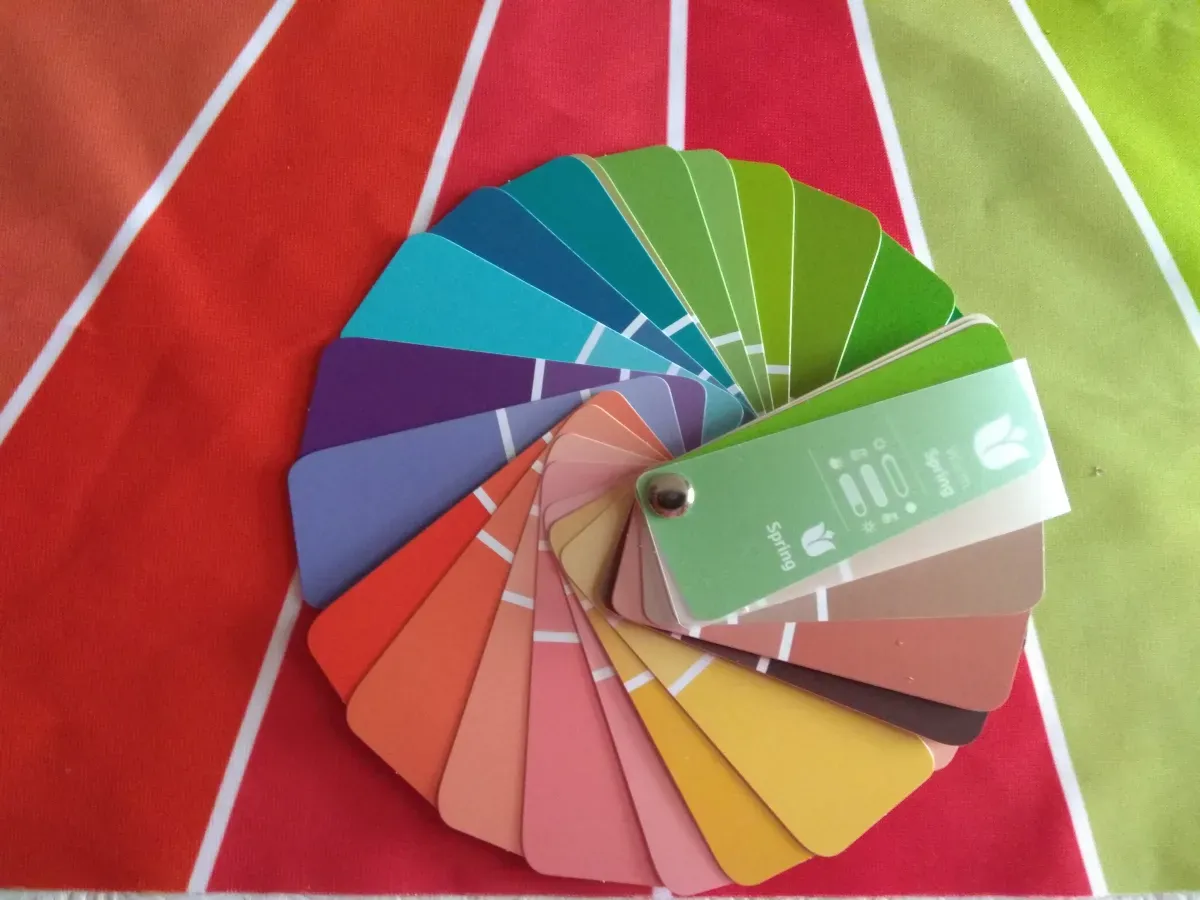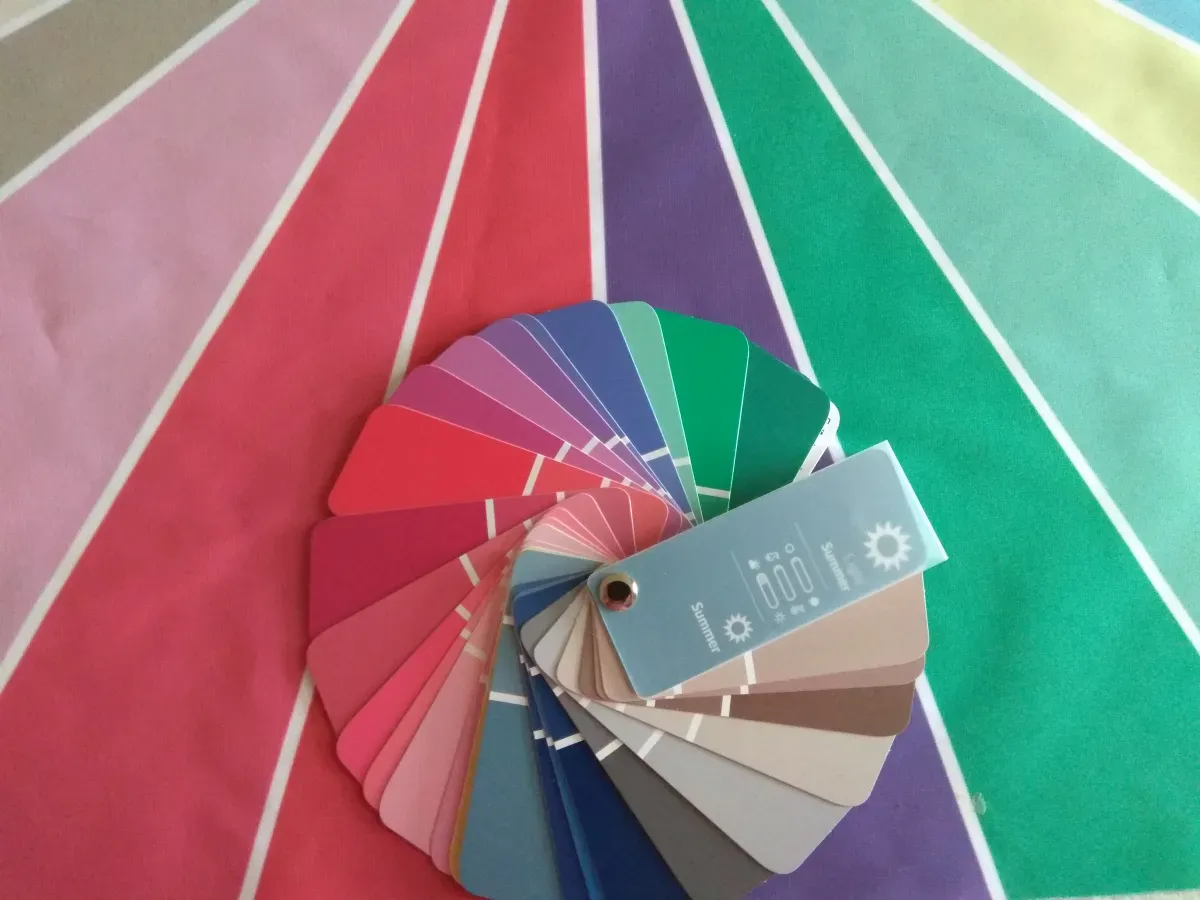Will my colouring change enough as I age that I will become a different 'season'?
I received a great question through facebook the other day from a friend who knows her colouring group or ‘season’, but was wondering if this can change as you age. It is an excellent question and the answer is that ‘yes, sometimes and depending’, your colouring can change enough as you age that the colours that suit you most will change. So, to answer this question fully, I am going to go over some of the theory that underpins personal colour analysis.
Firstly there is a fair bit of terminology used in the personal colour analysis industry, so let’s define the terms:
Seasons - initially the four seasons of summer, autumn and so forth were used to typify and name the basic colouring groups. Autumn colours include oranges, lots of browns, lots of warm khakis. Autumn was basically the warm, deep and murky tones. Winter was the cool, clear and deep tones etc. Summer was the hazy and cool tones, and spring the light, warm, bright ones.
In most cases every group will have a version of every colour, for example, winters look great in hot strong pinks, springs in light apricots, autumns in apricot and peach with a little more orange and duskiness, and summers in lots of soft light dusky pinks with a cool undertone, lots of the pinks called rose pinks are summer. Names of colours of course can change according to user, so I have included some basic seasonal colour charts below to give you a bit of an idea. Every season features every colour but not in every tone.

A beautiful cool or 'true'winter swatch. Some people can shop from a few swatches with great results. These colours are clear, cool and moderately deep.
It has become more common to break these basic four seasons down further, into 8, 12, 16 etc sub groups.
Basically these groups are used to describe groups of people based upon what colours of clothes and make up most flatter their personal colourings.
Depending upon who does your PPC, some analysts might say all red heads are warm seasons etc, but mostly analysts prefer to ‘test’ you by laying coloured swatches of fabric under your chin and comparing the results to see what suits you most. For example, the analyst who did me started by comparing a warm apricot pink with a cool purply pink to determine if my skin was flattered by colours that are predominantly warm or cool in tone.

Warm spring swatch, also known as true spring. Note that the colours are beautifully strong and clear, as well as warm and on the scale of light to dark they are towards the lighter end. Although there is an even lighter spring season, known as Light spring. (suprisingly.)
Often the seasonal subsets these days are described with reference to three different factors; warm v cool, light v dark and clear v muted/murky/soft (one of my trainers joked that ‘muted’ is an awkward factor to describe, but the colours are still lovely, particularly on the people that they flatter (Anya Haycock and Amanda Robinson!))

Dark Autumn. A lot of my family and friends are autumns. Dark autumn sits next to deep winter in the seasonal palette. these are the autumns who might be able to wear black.
So they are often described as
Warm autumn (warm, deep, muted)
Deep autumn (deep, warm, muted)
Deep winter (deep, cool, clear)
Cool winter (cool, deep, clear)
Clear winter (clear, cool, deep)
Clear Spring (clear, warm, light)
Warm spring (warm, light, clear)
Light spring (light, warm, clear)
Light summer (light, cool, muted)
Cool summer (cool, light, muted)
Soft summer (muted, cool, light)
Soft autumn (muted, warm, deep)
These three attributes in brackets are listed by most important attribute first, then the other two attributes are either equally as important as each other in that persons colouring or the second one is more important than the third, but less important than the first. The first is often the dominant attribute. For example, redhead with warm green eyes and a strong yellow tint to their skin (the best way to check this is to flex your fingers backward as far as you can and see what colour the ‘white’ or palest part of the skin of your hand is. Mine has definite yellow visible, so I have a warm skin tone, some cools will have a purplish tinge etc) is predominantly warm, and they will only look good in colours with a warm tone. The analyst would then also work out their secondarily most important factor - ie,soft, deep, clearish etc.

Light summer palette. These colours are some of the softest most muted or dusky colours in seasonal palettes, but as you can see they are still lovely. These colours are cool, although there are cooler summer palettes than this one, for example cool summer. They are light rather than dark and muted rather than clear.
All these groupings are really ways of segmenting the colour wheel, and some people will look good in a larger segment of the wheel, they might be able to wear light and warm spring colours pretty much equally well, while other people might fit into a narrower category best.
- What personal colour analysis aims to determine for its clients, and the benefits the clients receive from having their ‘colours done’.
So, personal colour analysis (PCA) aims to determine which colours suit you best, and will often assign you to one or two of the above groups. You can then have a swatch representing a lot of colours from that season and be able to buy and wear colours that make you look great. PCA also lets you know which make up suits you which is really good, as makeup is right on your face, it makes a big difference if it matches your undertone.
- What does an analyst look at to determine your season?
Skin, hair and eyes, and the picture that they make.
I find that skin is a really crucial element of the clients colouring and it is the first of the three attributes that I look at. I want to know if they have a warm or cool undertone. Some people are neutral, as in their skin is not hugely warm or cool, although I believe probably that most people are a little one or the other.
I then examine whether a person looks good in the deep, clear, light or muted colours. And while it is true to say that often a person whose colouring is ‘deep’ for their ethnicity (eg a caucasion with very dark brown eyes and dark brown to black hair although their skin may be pretty fair) will look best in the deep colours, it is not always the case.
For example, I am a light spring, although if you were to rate my hair colour on a scale of caucasion hair colours I am a 3 - 4 out of 10, so not really dominantly fair, like a person with white blonde hair, for example. And my eyes also are a mid tone blue/green. I am a light spring because those are the colours that most flattered my warm skin tone. And I do not have much pigment saturation in my skin. I have had clients that are fair haired but with a lot of colour in their skin, even though they are still fair. And they were not best suited by light season colours. It is very interesting.
Clears often have a high level of contrast in their colouring, so in their case it is the comparison between eyes and hair and skin that makes them clear (with a secondary of warm or cool). Often they will have a high level of contrast between the iris and whites of the eyes that makes their eyes look clear and bright.
Now with that background out of the way, we will return to my readers question. Could their colouring change from warm spring, as they age.
So, skin tone bias to warm or cool does not usually change, but the skin tone may soften. Chemotherapy can be an exception to this rule. I have heard, although I have not seen it in a client yet, that after chemotherapy your skin tone can become cool, even if you had a warm undertone before the chemo treatment.
Eyes often soften in colour and brightness as we age, brown eyes less so. The contrast between white and iris often lessens as the white of the eye can become a bit red/yellow as we age.
Hair is often the attribute that changes first and most as we age. Depending upon your colouring this might move you to a neighbouring colouring type.
For example, a person who looks great in deep colours (with a strong skin tone, dark hair and eyes) might find that as their hair greys those really deep colours now over power them and they look better in either clear/cool winter or soft autumn, depending upon their underlying skin tone (warm v cool).
So to condense that information further, if your colouring grouping is largely determined by your skin tone (as lights and overtly warms or cools often are) then you will most likely not change as you age.
If your dark hair colour was a big part of your colouring (often deeps and clears) then yes, you may move to the group next door.
So for my warm spring friend in particular, no it is not likely to change her colouring group. Hers was based upon skin tone and can include grey/ salt and pepper hair. So she is probably good to wear the same colours going forward. Although, knowing her colouring there is a chance that she could end up as a soft autumn, so perhaps it is always worth being tested again if you want to be sure that you get it 100% right.
